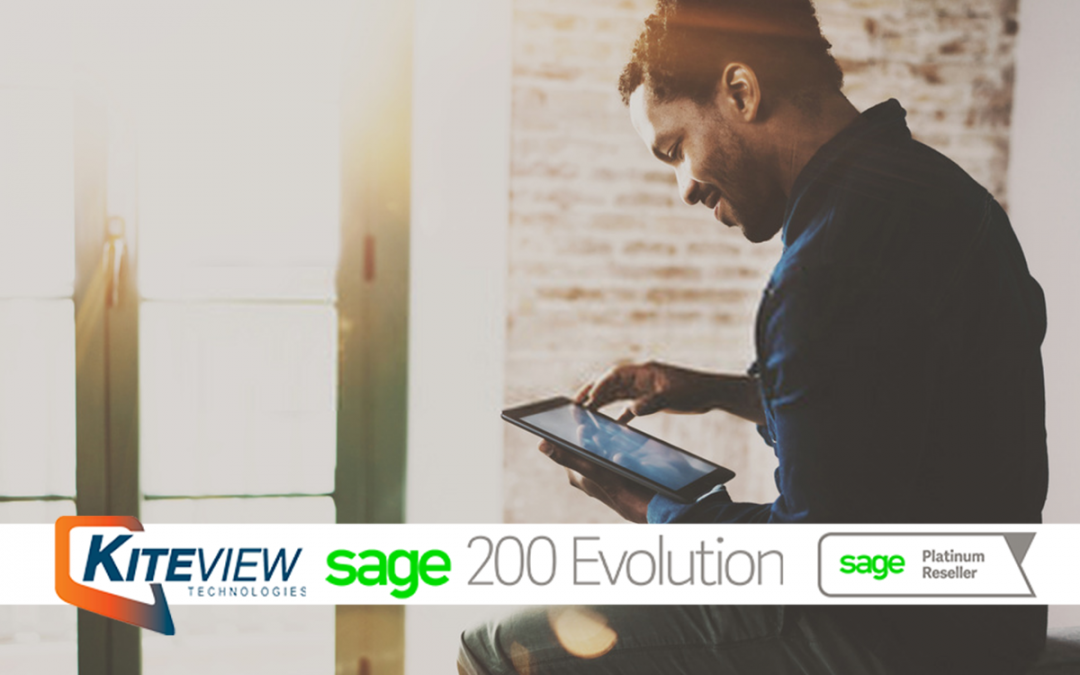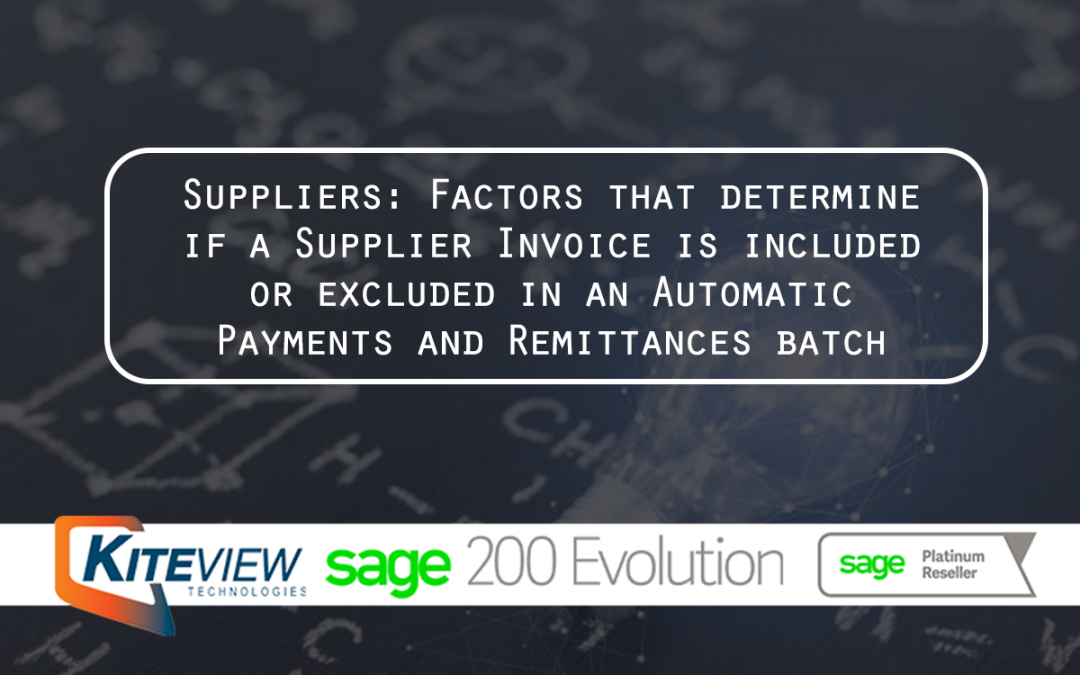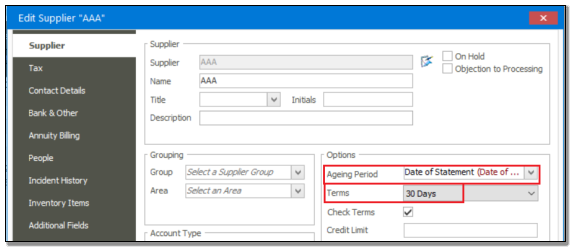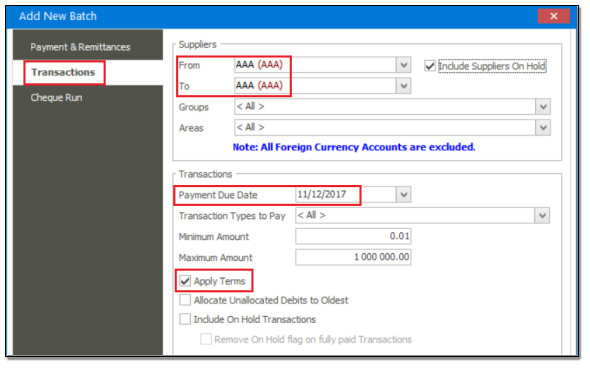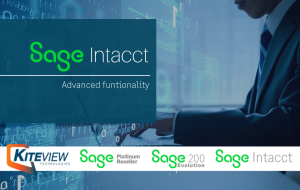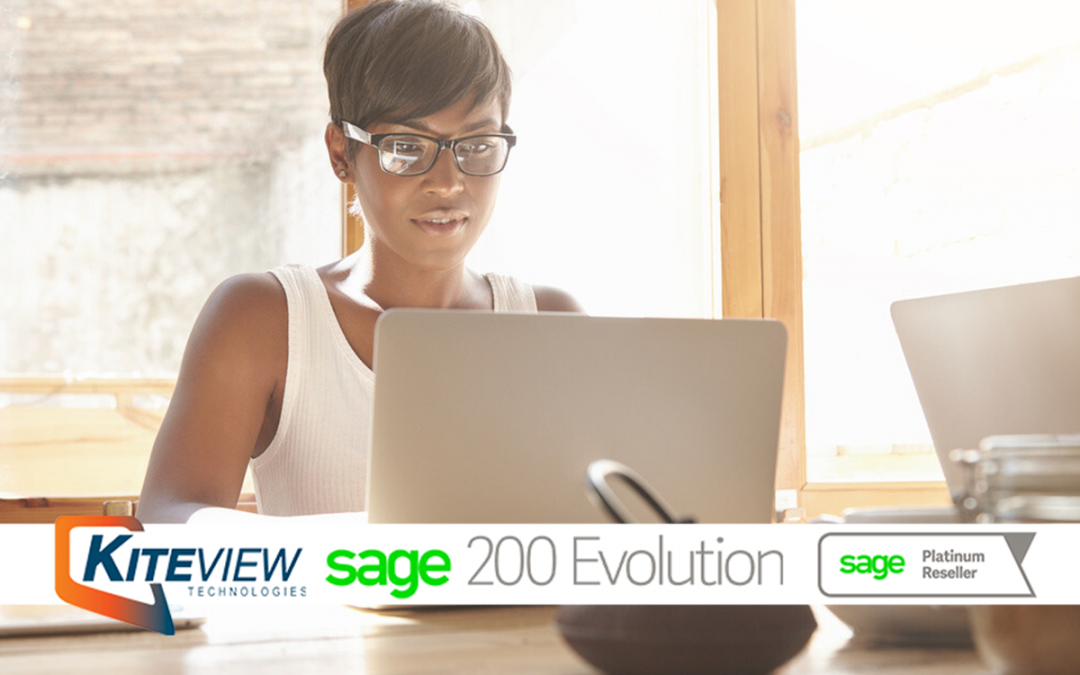
How CFOs can set their businesses on the track to recovery
Article credit: Sage
With South Africa complying to lockdown requirements from the government, businesses continue to face challenges.
Lord Sorrell, founder of advertising agency WPP and once CFO for Saatchi & Saatchi, says this about coronavirus: “It’s not like the dot-com bust, it’s not like 9/11, it’s not like the great financial crisis; it’s almost like a war.”
As the CFO, in the combat against coronavirus, you’re playing an important role.
You may be fortunate to be in an industry that’s experiencing high growth during these pandemic times. Lockdowns and working from home have resulted in a boom in sectors that provide products and services such as DIY and home entertainment.
Driving digital transformation
Businesses and the way they operate are undergoing a process of evolution. Customers and employees are changing and have access to a plethora of business tools that weren’t available before.
Who is driving this digital transformation? Well, according to our recent research, it’s you, the CFO.
CFOs help to shape and drive business direction and strategy. You’re more aligned with managing directors and CEOs – you don’t just crunch the numbers. You’re now required to provide up-to-date information, financial analysis and forecasting at rapid speeds
Today, the financial profession plays a key role in their organisation’s digital strategy in medium businesses, with 9 in 10 financial decision-makers doing precisely that. Meanwhile, 15% say they are fully responsible for digital transformation.
Currently, it’s not only about looking backwards into the rear-view mirror and analysing past performance. It’s about becoming a future CFO and looking forwards.
Three things to change within the finance function
When it comes to moving with the times, digitalisation is critical, with data changing the dynamics of decision making.
Technology and tools are now available to automate your financial processes. You can add the ‘why’ to what happened, using data for strategic insight.
It’s a new era where advanced technology such as artificial intelligence and machine learning are finally becoming genuine options for your business.
Here are three things to keep your finance team moving in the right direction.
1. Move from spreadsheets to software
Spreadsheets have associations with finance – think of the CFO stereotype burning the midnight oil, buried deep into the intricacies of Excel.
Today, you don’t have the time to spend hours interpreting data to create meaningful charts and graphs. And you certainly don’t want to deal with the frustrations of tying the data you have in spreadsheets together.
The right financial software can automate these processes, saving you hours in building the reports you need to present to the business.
It provides the data visibility that will help you add value to business strategy and set a suitable course in the future.
You’ll find excellent value in business intelligence, in the form of insightful dashboards and reports you can auto-generate.
2. Implement automation
Digitalisation holds great promise, but it’s no good if you spend your time collecting and preparing data, rather than analysing it. We’ve found 70% of CFOs agree that administration harms team productivity.
Your financial team’s strategic responsibilities mean it’s essential you give the grunt work to machines.
You can automate menial tasks that involve data entry such as invoice-chasing, payroll and expense management, freeing you up to make smart decisions quickly that can lead to benefits for the business.
3. Invest in financial technology
Businesses are already well aware of the impact financial technology has on improving productivity – more than 80% believes it plays a crucial role in tomorrow’s finance function.
Business leaders are aware of the benefits through centralisation with increased cost efficiencies, flexibility, integration and security. So, it’s no wonder that it can empower business.
And think about where can you be most effective. By enabling a connected operating environment that provides greater automation and advances in real-time insights, your business can truly prosper.
Take the right steps to implement change
Having the right technology is all well and good. But before you rush in and implement it, you need to understand whether your team is culturally ready for automation and other cloud technologies.
According to our research, it shouldn’t be a huge problem – 82% of financial decision-makers are already comfortable with using automation for daily accounting tasks.
However, there will be challenges.
Our research revealed 27% of financial decision-makers didn’t think their business was culturally ready for more automation.
Even though you may feel you understand the value of disruptive technologies, other employees and even those on the board may not feel that way.
Start by involving key players within the business in detailing a new automation strategy, so all parties can agree on what you can or should automate.
Take them through the process, so the team are developing and upskilling together.
Indeed, 73% of financial decision-makers believe the introduction of new technology needs a detailed implementation and roll-out plan to ensure it carefully aligns with the culture of an organisation.
The reluctance to further adopt technology may be down to more than just culture.
Amid the growing use of technology within businesses, your team may be worried about the extent to which roles will be automated in the future.
For companies to get the most from technology, there needs to be an alignment between strategy and the culture and reassurance that roles won’t be lost but will instead change focus towards positions that add move value to the business.
Final thoughts
Shaping the strategy is akin to shaping the business, and you are the visionary. You’re responsible for predicting the direction of the company, uncovering hidden opportunities and closing gaps within an organisation that is increasingly data and insights-driven.
As such, it’s worth making investments in digital platforms, tools and systems today so your business can prosper both now and in the future.
Kiteview Technologies (Pty) Ltd was founded in May 2010 to provide the Sage Evolution Business Management solution to the SME market. The management team of Kiteview have combined +30 years of experience in the delivery of small to mid-market Financial & Business Management solutions. This experience, combined with a sound project implementation methodology has helped in Kiteview’s growth, becoming a Platinum status partner for SAGE Pastel within just 1 year.
Contact Us
For An Obligation Free Quote

